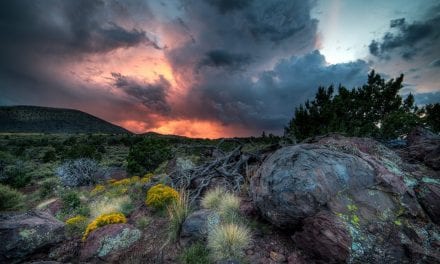Readers of Outdoor Photographer were first introduced to Dewitt Jones in the publication’s second issue in August 1985. By then, Jones was already well established in photography, working assignments for National Geographic and producing images for major advertising campaigns. When OP approached him to write a regular column, he was at first disinclined but was eventually persuaded, and over the years produced more than 180 “Basic Jones” columns. “That was really a major change point in my career,” he remembers. “I began to use the columns to explore the spirit of photography rather than the technical side. What is beauty? Why do some images move me to tears? What is the nature of connection I feel with the landscapes I photograph?”
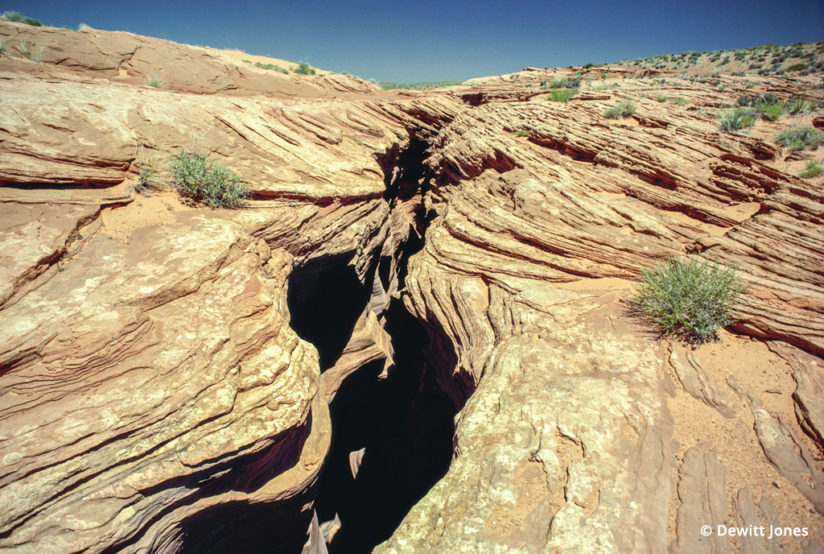
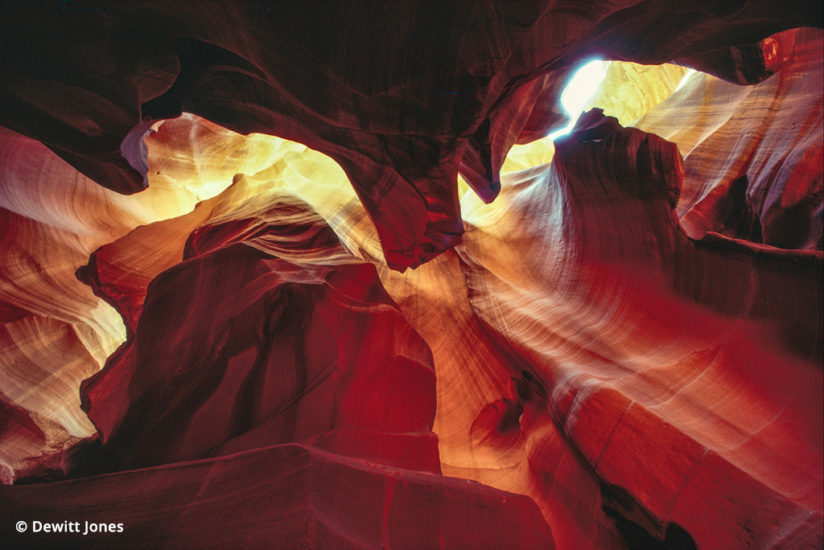
Three decades later, he is still asking these kinds of questions. Relentlessly positive, Jones displays an upbeat energy that is contagious. Last fall, he gave a TEDx talk in South Lake Tahoe on a theme that has become both a motto and a mantra for him over the years: “Celebrate what’s right with the world!” The 18-minute video is below, and we highly recommend you watch it. It’s filled with insights that will challenge and inspire both your photography and your worldview.
What’s The Story?
Reader reaction to his “Basic Jones” columns encouraged him. People responded to the fresh approach. “I began to explore where my vision of ‘how to photograph’ had come from,” Jones recalls. “Obviously, it had come from the Geographic. That training had made me a really good storyteller, so that even when I was shooting landscapes, I was always asking, ‘What’s the story?’ and then, ‘How can I tell that and get rid of everything else?’”
Jones believes he knows what is so special about National Geographic. Why do people keep towering stacks of back issues? “My answer to that,” he says, “is because the Geographic celebrates what’s right with the world. I always feel great when I read the Geographic. And this became my mindset toward photography—I went out and celebrated what I was looking at.”
A recurring theme in Jones’s personal philosophy and approach is a mindful choice to look for the positive. “I recognize that vision controls your perception, and your perception becomes your reality,” he explains. The work he was doing for National Geographic, finding stories that celebrated life, helped create his reality. “I shot for the Geographic; I didn’t shoot for the National Enquirer, you know.”
His constant search for people and places worth celebrating presented him with creative challenges unique to this mission. “I realized that one of the great lessons of photography was that there was more than one right answer,” he says. If your approach to photography is to find the one “perfect” perspective on a subject, Jones implores you to dig deeper. “Keep going. Try something different. Don’t stop shooting. Constantly look for the next right answer. I found that there were a lot more answers than I would ever suspect and that there wasn’t one right way of doing something—there were a thousand right ways of doing something.
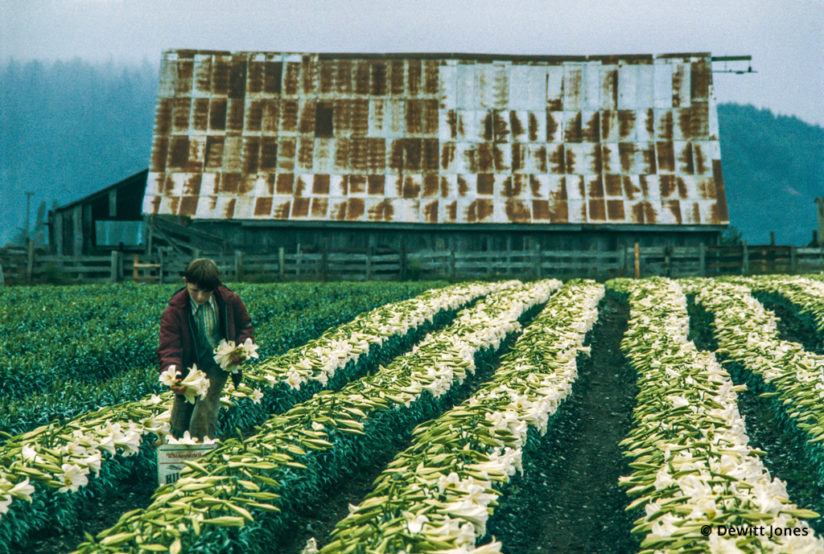
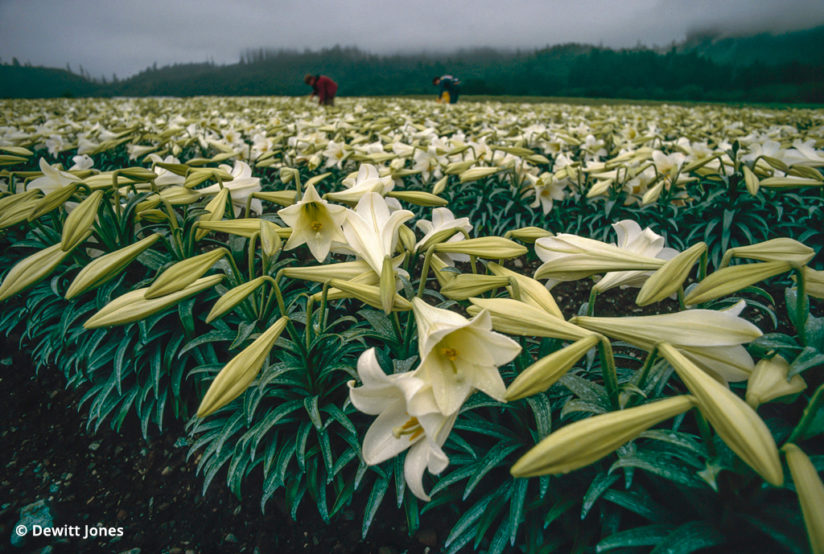

“It is much easier,” he continues, “to look for right answers if you are in a celebratory mood than in a ‘what’s wrong with life’ mood.” Jones believes that this practice, for him, leads to a more abundant outlook. “The pie can just keep getting bigger rather than, you know, there’s only so much pie, and if you don’t get it, then somebody else is going to get it.”
Jones’s philosophy of abundance doesn’t mean that he’s blind to reality but that his outlook is lifted by finding something positive on which to focus his energy. “I don’t deny the very real pain and suffering on the planet, but if I look at it in the larger context, there’s way more right than wrong. What we can do in photography today, how we can share it and put it out in the world is really amazing. So I’m usually buoyed up on celebration rather than griping about what’s wrong.”
Using TEDx To Reach A Wider Audience
We asked Jones who, in addition to his photography, has spent a considerable portion of his professional life a speaker for corporate audiences, what drew him to the TED platform. “The reason I did TEDx is ultimately the same reason that I did the column [‘Basic Jones’ for Outdoor Photographer]. I wanted to make a statement about my philosophy in a way that would hang around for a long time on the ‘net and that folks wouldn’t have to pay money to see.
“I believe that celebrating what’s right with the world is a philosophy that can bring people together,” he continues. “If I can put something out in the world that is inclusive and healing, I’d like to do that.”
Jones notes that photography is now so accessible and a part of everyone’s daily life through smartphones and social media that it’s become much more of a common language. “Everybody has an iPhone or some kind of a mobile phone—and images resonate easily with people. So, what ‘lens’ do you have on your eyes? Do you have a lens of celebration, or do you have a lens that says the world sucks?
“The feedback I get from photographers in the classes I teach is that photography fills them with joy. That’s why they do it,” Jones says. “The actual act of getting out there and connecting with the natural world makes them happy. It’s not just the image on the card—it’s the whole act of seeing, connecting and photographing.”
The Importance Of Being Present
A key component of “seeing” is being present in the moment. “To me, the seeing, the connecting, is actually more important than the photograph,” says Jones. “Sometimes I tell people that the photograph is just the ‘residue’ of the experience. You’re out there having a five-sensory, three-dimensional experience. And if you miss that because you don’t know your gear that well or you’re competing with the photographer next to you, then you really miss the whole deal.”
For Jones, creating incredible images and being fully present in the moment is not an either-or proposition. “I want you to have both. I want you to have a phenomenal connected experience when you’re out in nature and a great image,” he says. “Personally, I’ve come to the point where my photos are simply visual prayers. They’re just me saying ‘thank you’ for getting to see what I see and being able to use all my technique and technology to try to translate those experiences into a photograph.”
Finding Beauty Close At Hand
“I’ve been photographing an unfolding fern outside my house. I’ve shot it with every camera I have, every which way but loose, all just to say ‘thank you’ that I got to see this amazing plant.” Jones refers to images taken in this spirit as moments of gratitude captured in a photograph. “Beauty is God’s way of remaining obvious,” he remarks. “I’m not talking religion—‘god’ can be translated anyway you want—but that’s how I feel when I’m out shooting.”
Jones encourages the students in his photo workshops to practice active, expressive gratitude when they’re photographing in the field. “Say ‘thank you’ out loud. Sometimes we’ll have a class, and the sun will be setting, and you’ll hear all the way down the beach, ‘thank you, thank you.’ Everybody has a smile on their face, you know, because they just witnessed this unbelievable celebration called a sunset.”

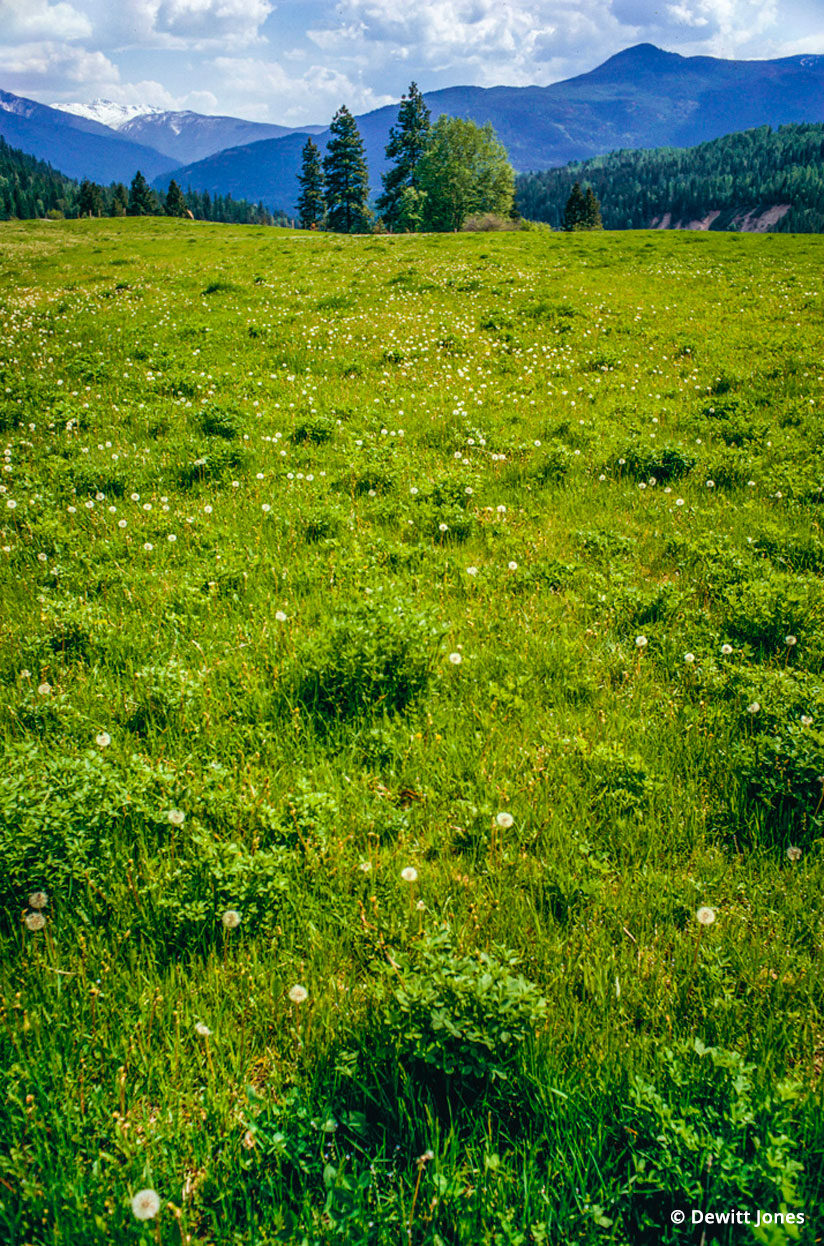
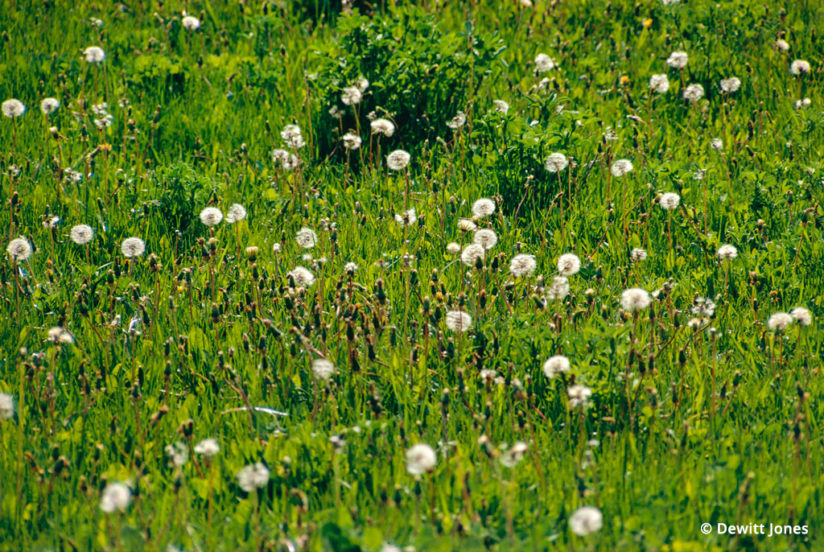
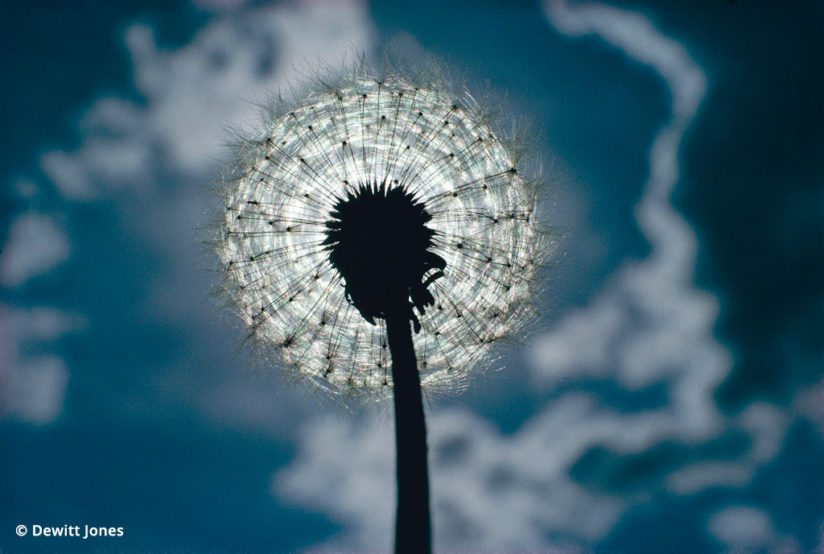
Your Equipment Becomes Part Of You
Jones emphasizes the mindset of his approach to photography rather than the technical aspects. Still, equipment and technique are essential considerations if the goal is to achieve images that not only celebrate beauty but that are capable of translating for the viewer the photographer’s emotional response to a scene. There may be more than one right answer, but don’t camera and lens selection play a central role in finding those answers?
“To be really good, the equipment just has to become a part of you,” he explains, “You need to get to the point where you don’t have to think, ‘Where’s the button I push to change the shutter speed or the f-stop?,’ where the equipment is just an extension of your eye.”
Does Your Camera Have Truth In It?
In his TEDx talk, Jones recounts the story of meeting Adam, the 5-year-old little boy with the juice camera. We won’t retell the story here, as Jones shares a delightful narrative in the video, but he wants you to know that the story really happened. About three years ago, Adam, now in his 20s, contacted Jones through Facebook, and they’ve remained in regular contact ever since.
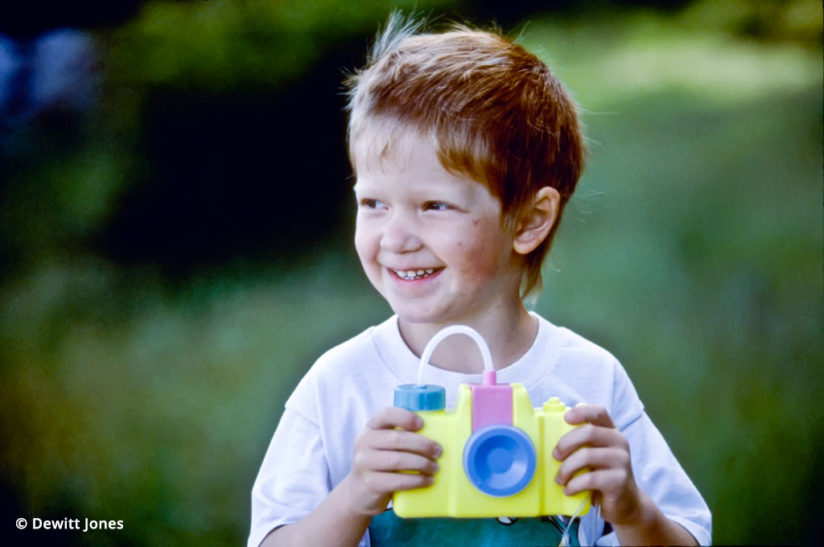
In that first contact, Adam said to Jones, “Before we can have a relationship, you have to answer a question: What did I mean when I asked if you had juice in your camera?” Jones admits he didn’t have a good answer in that moment. “I thought, ‘I don’t know, you were 5 years old…’ But I didn’t say that. I took the question seriously, and I thought about it for a while. I was walking on the beach when the answer of what Adam, now in his 20s, might have meant if he asked me that question. I wrote him back, ‘You meant, do you have truth in your camera?’ And he responded, ‘We can have a relationship.’ Guess I got it right!
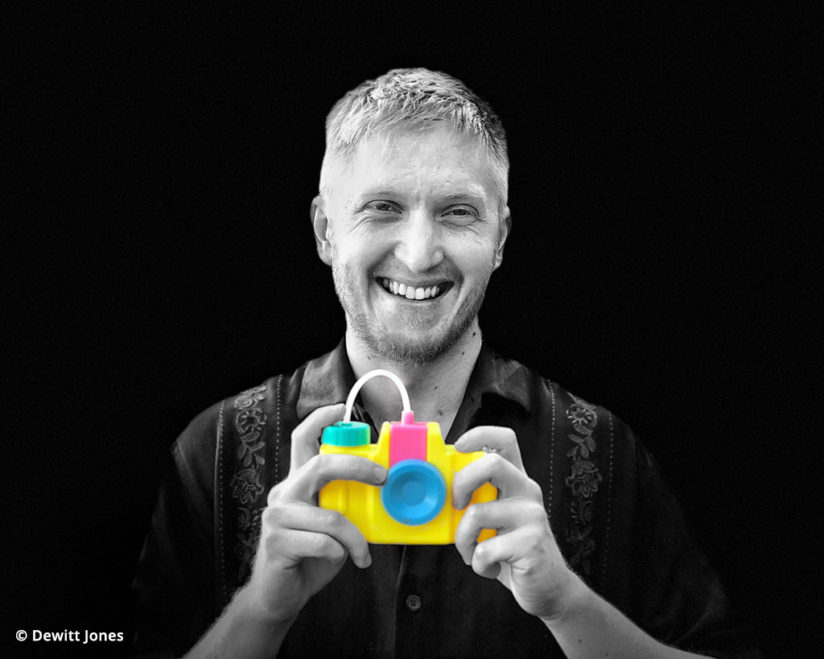
“So, believe it or not, Adam and I talk every week. We’ve become really good friends,” he says. As a result of that initial exchange, Jones has incorporated the theme “do you have truth in your camera?” in classes he teaches. “Do the photos that you take really express who you are, or are you just snapping pictures?” he asks. “Every time I post a photo on Facebook, I ask myself that question and try and write the answer, ‘Why did I take it? What was the celebration? What did I learn from it?’ The combination of words and picture becomes more than just a cool image. Instead, it’s me saying, both to myself and to the world, ‘Here’s an image, and here’s why it moved me. Here’s why it was a celebration. Here’s my truth in that moment.’”
See more of Dewitt Jones’s work at dewittjones.com and at celebratewhatsright.com.
The post There’s More Than One Right Answer appeared first on Outdoor Photographer.












